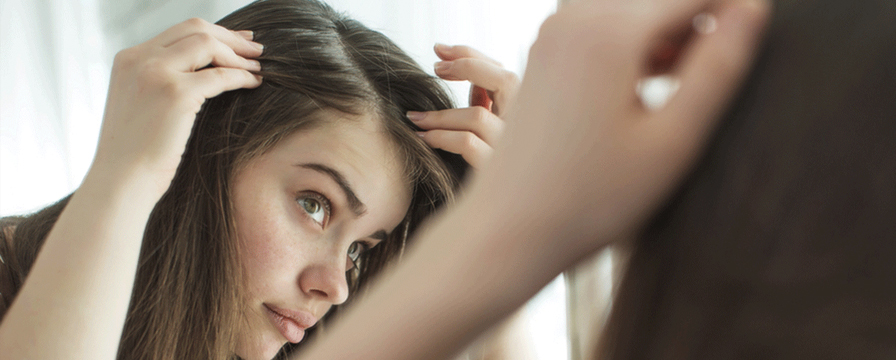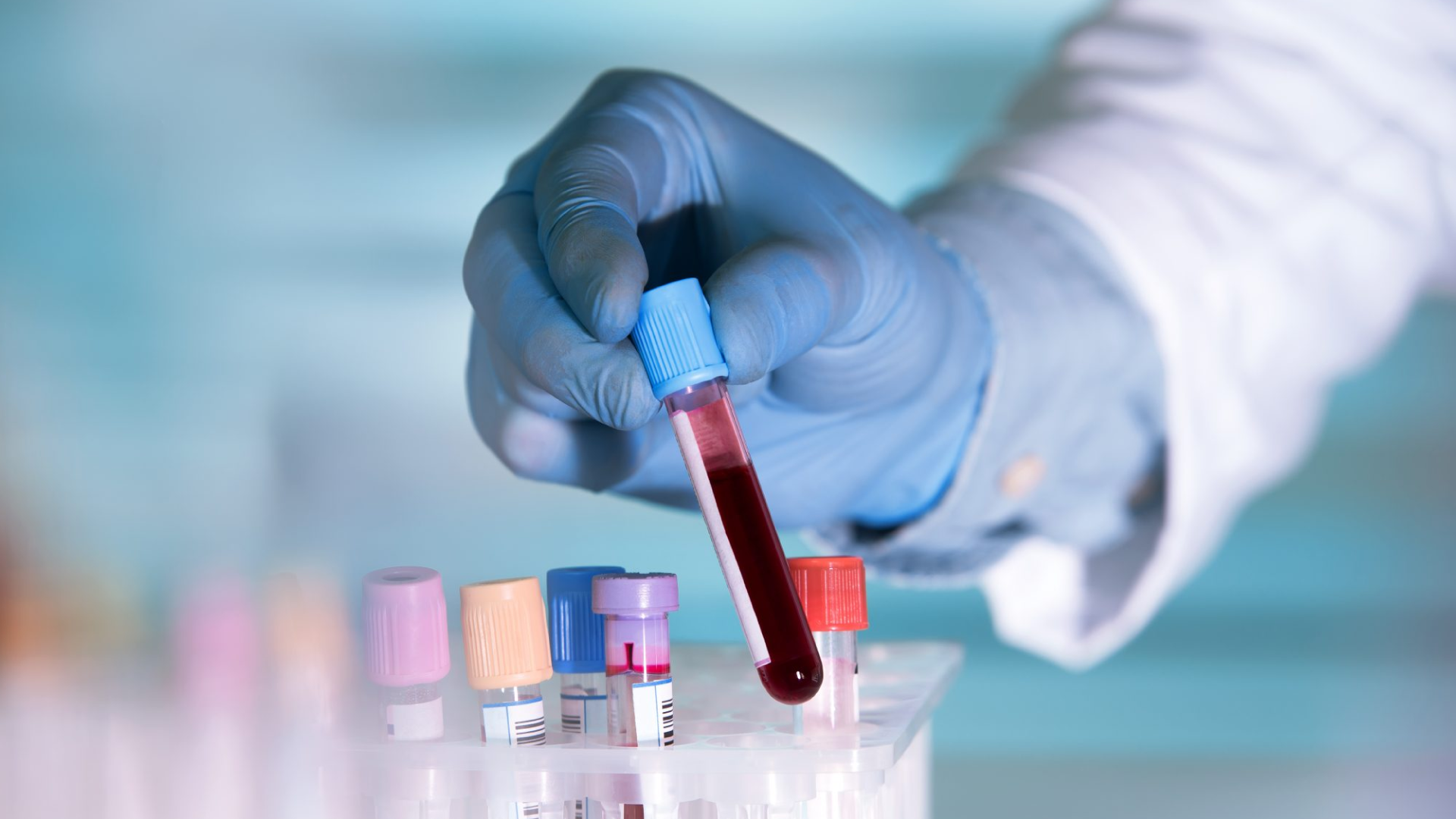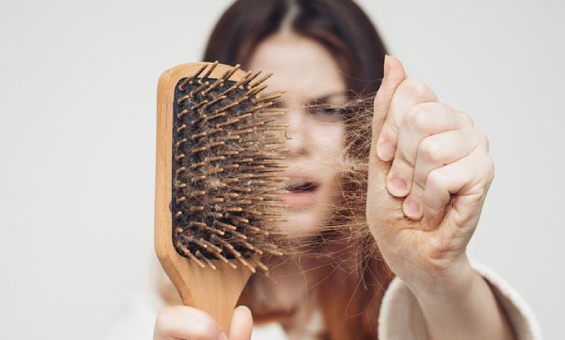Hair color — whether light, chestnut, brown, or black — depends on the amount and type of pigments present. These pigments are eumelanin and pheomelanin. Eumelanin gives a dark brown shade, while pheomelanin is responsible for yellow-red tones. A combination of these two creates the wide range of hair colors we see.
Over time, the amount of pigment in the hair decreases, while the number of air bubbles increases. Depigmented (gray or white) hair contains no pigment — it is made up entirely of air bubbles.
Sometimes rapid graying may be genetically predisposed, but it can also result from non-hereditary factors and may be associated with various conditions, including:
Vitamin B12 deficiency
Anemia
Stress and nervous breakdown
Thyroid dysfunction
Pigmentation disorders
During fear or emotional stress, the body releases the hormone adrenaline, which leads to the constriction of blood vessels. A spasm in the artery supplying the hair follicle disrupts the nutrition of pigment-producing cells, which results in a sudden halt in melanin production — causing the hair to turn white.



